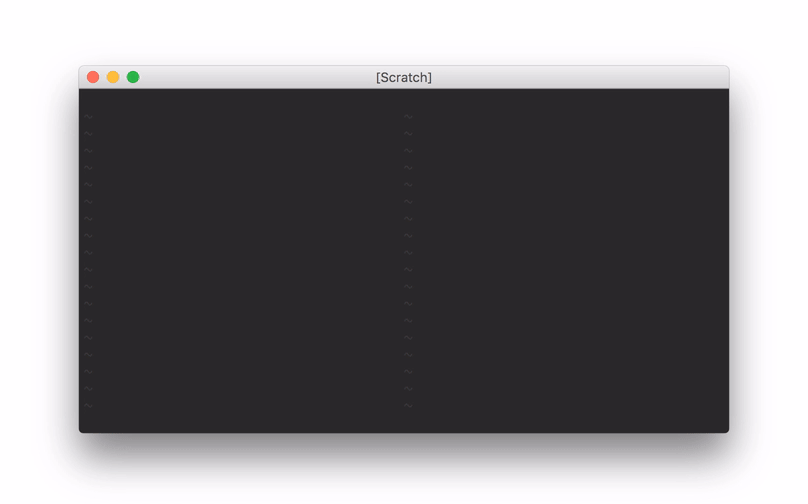Estou apenas fazendo alguns testes com o recurso de linguagem JavaScript sem manipulação de DOM. Então, eu estou editando um arquivo js e me perguntando como simplesmente executá-lo e mostrar a saída do console? Eu instalei o plugin moll / vim-node , mas não faço ideia de como executar o código js.
Como posso executar o javascript diretamente e mostrar a saída?
O comentário acima de @tommcdo é uma boa solução concisa que satisfez tudo o que eu estava tentando alcançar através de meios mais complicados, como slime, etc.
—
Jerome
Respostas:
Por esta entrada do vim wikia, você pode criar uma execução de shell para o novo script de buffer e estendê-la para executar seu código usando o nó.
command! -complete=shellcmd -nargs=+ Shell call s:RunShellCommand(<q-args>)
function! s:RunShellCommand(cmdline)
let isfirst = 1
let words = []
for word in split(a:cmdline)
if isfirst
let isfirst = 0 " don't change first word (shell command)
else
if word[0] =~ '\v[%#<]'
let word = expand(word)
endif
let word = shellescape(word, 1)
endif
call add(words, word)
endfor
let expanded_cmdline = join(words)
botright new
setlocal buftype=nofile bufhidden=wipe nobuflisted noswapfile nowrap
call setline(1, 'You entered: ' . a:cmdline)
call setline(2, 'Expanded to: ' . expanded_cmdline)
call append(line('$'), substitute(getline(2), '.', '=', 'g'))
silent execute '$read !'. expanded_cmdline
1
endfunction
command! -complete=file -nargs=* RunJS call s:RunShellCommand('node '.<q-args>)
Então, se você executar, :RunJS %deverá obter um novo buffer com a saída da execução do node.js. Opcionalmente, você pode chamar as coisas diretamente usando:Shell <cmd>
Eu recomendo https://github.com/Shougo/vimshell.vim para esse fim.
É um plugin do vim que permite executar um terminal no vim. Você pode abrir o terminal em uma nova guia com
:VimShellTab
ou janela quickfix com
:VimShellPop
então você pode executar comandos como de costume, ou seja,
node

:!node %. Isso fará o shell donodeprograma externo , passando o nome do arquivo atual como argumento. A saída será exibida na tela e você pode pressionar Enter para descartá-la.